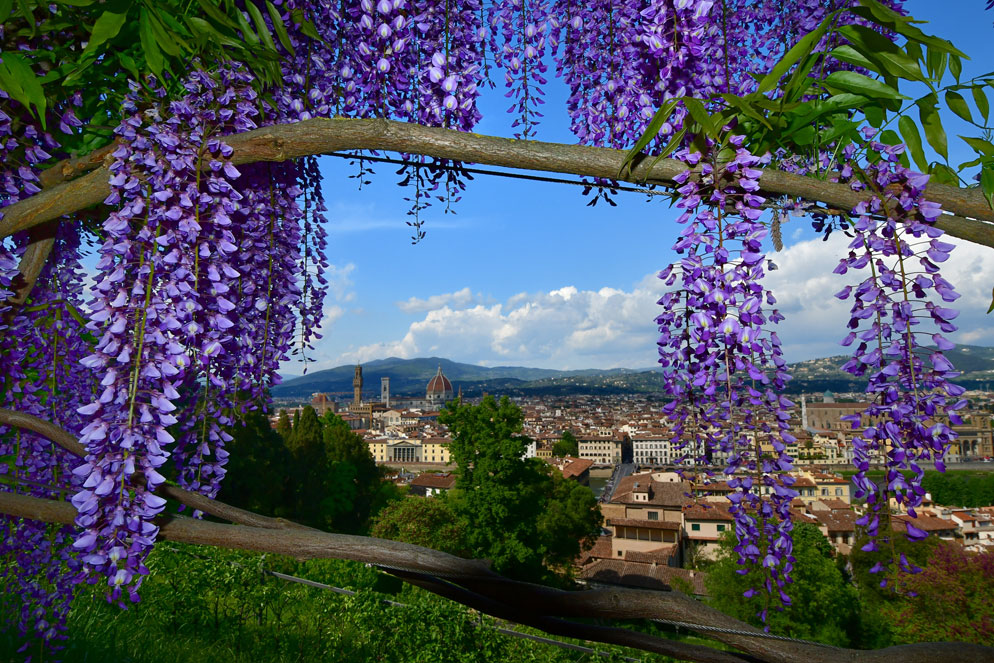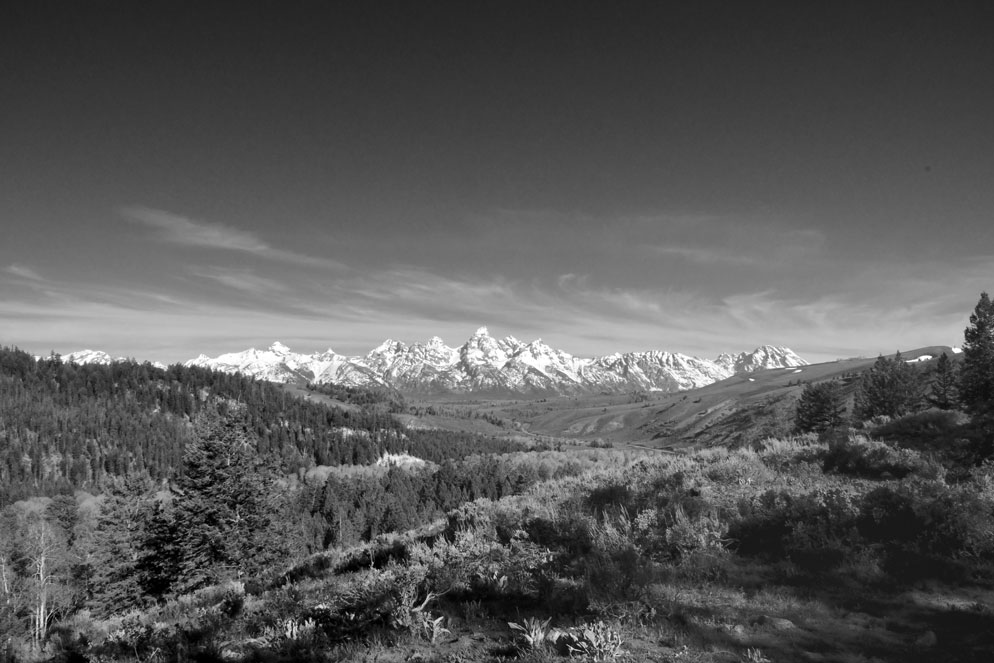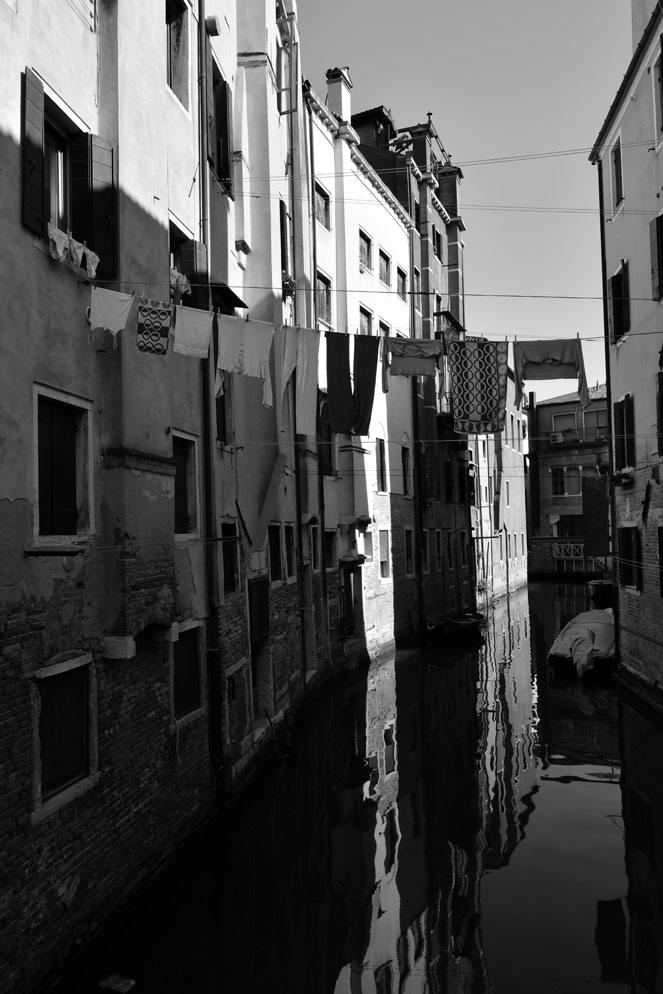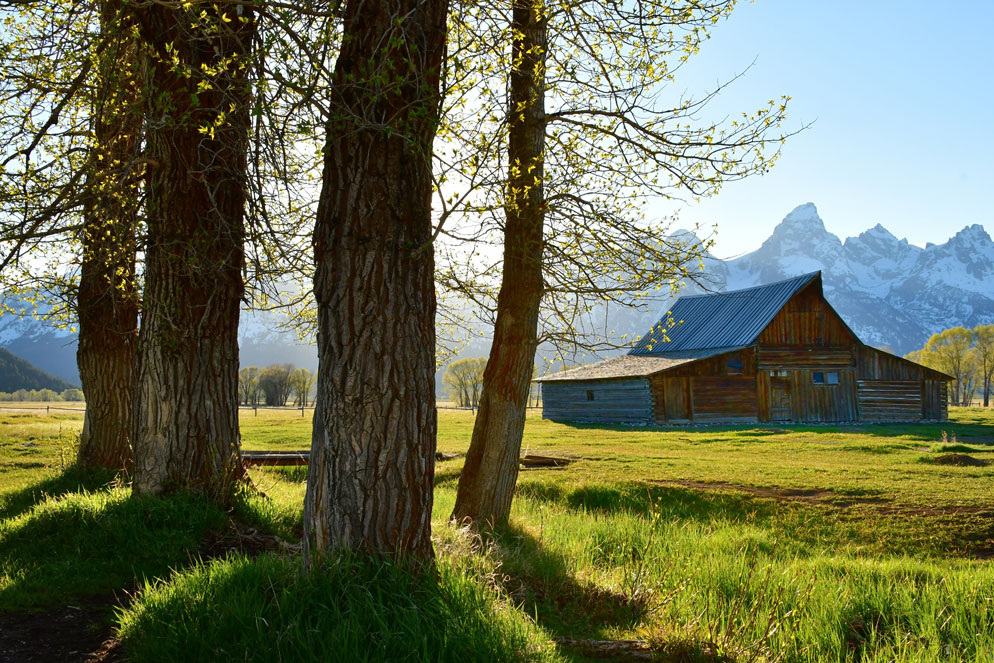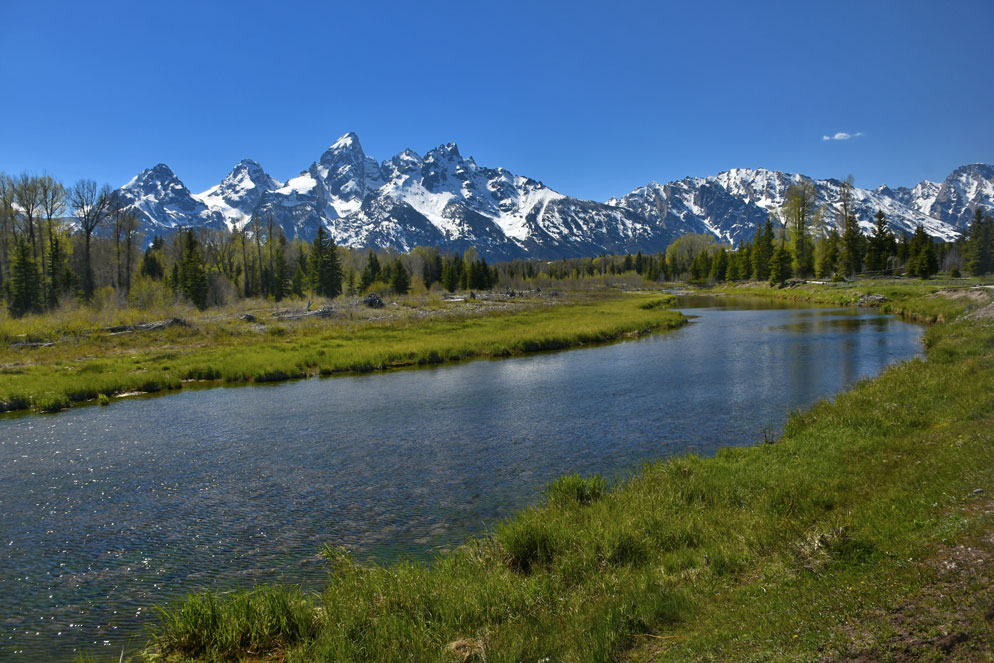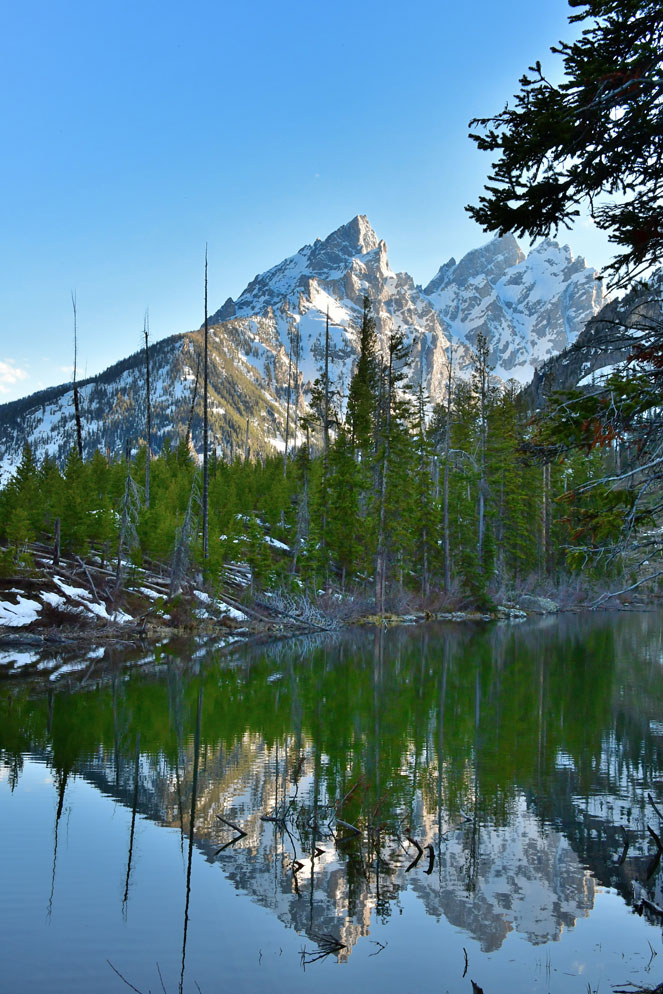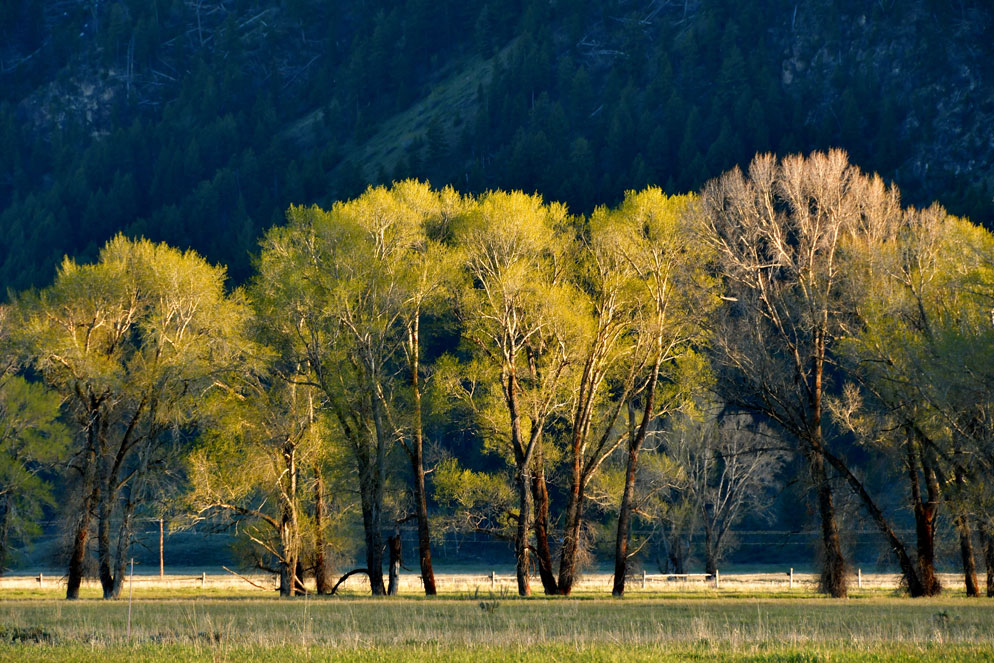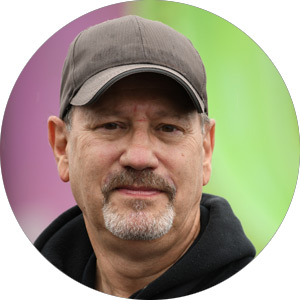Hands On: Exceeding Expectations With the D7500
Okay, I admit it: sometimes I get a little spoiled. I've been with Nikon for 32 years, held more titles than I have pairs of socks—right now I'm senior product manager for pro DSLRs—and have had access to cameras I count as the finest in the world, many of them holding flagship positions in their lines, like, currently, the D5 and the D810.
Earlier this year Nikon introduced the DX format 20.9-megapixel D7500, a camera for the high-end enthusiast market. I thought of the camera as ideal for the developing skills shooter, one that would spur an enthusiast to work up to its capabilities; simply, to do more by being able to do more.
The D7500's introduction was going to coincide with a long-planned vacation my wife, Nancy, and I were going to take to Rome, Florence and Venice. Although my first thought was to take a pro-level DSLR, the D7500 was a pretty lightweight and compact camera with a host of versatile features and, yes, because it is important that I'm familiar with all our cameras, not just the pro-market models, I decided to take it to Italy.
I had had realistic expectations about D7500’s capabilities, the D7500 exceeded them all.
Traveling Light
The trip to Italy wasn't a photo excursion, it was a vacation. I knew I was going to take pictures—I have a voracious appetite for taking pictures, no matter if the situation calls for me to use sophisticated techniques or just relax and let point-and-shoot automation take care of everything—but I was going to keep equipment to a minimum. I took only the D7500 and two lenses—the 10-24mm [AF-S DX Zoom-NIKKOR 10-24mm f/3.5-4.5G ED] and the 16-80mm [AF-S DX NIKKOR 16-80mm f/2.8-4E ED VR].
The gear met all my needs and requirements. Shoot in low light? Check. Shoot detailed close-ups and landscapes? Check. Shoot in back-lit situations and rely on the camera's metering to get it right? Check. Use the built-in flash to balance available light? Oh, you bet. Bracket for HDR (high dynamic range) photos—one of my favorite things to do? Of course. Use SnapBridge to transfer images to my Smartphone and, often within minutes, send them on their way on social media? That too.
Performance Plus
Eight frames a second, 20.9 megapixels and Nikon's signature well-thought-out layout and ergonomics did the job, start to finish.
The D7500 borrows some great technology from other Nikon DSLRs—like the D500's sensor and image processor—and it has its own capable systems—like its fast, accurate 51-point autofocus and touchscreen controls. In all honesty, I never thought I'd like a touchscreen on my DSLR—sometimes I'm decidedly old school—but I really got into its ease of navigation through menus and its quick accessing of pictures for review.
Because Nikon's engineers did a very good job of blending some rather high-end features from other Nikons cameras into the D7500, I was able to customize it in the same way I do the other Nikon DSLRs I work with. For instance, I separated the focus function from the shutter release button and assigned it to the back button (which is usually assigned to AF Start or AF-ON). That way I could use my right thumb on the back button to focus. Why do that? So I could then set the camera for continuous AF, focus with my thumb on the back button and when the image is in focus, release the button to lock the focus. Then I could pause a moment, square up the shot, maybe adjust the composition just a bit, and then shoot. It's sort of pre-focus, fine tune, check composition, then shoot.
When taking a pause wasn't what I wanted to do, I could easily use the camera's eight frame-per-second frame rate for fast-moving subjects and what I call "peak-moment situations"—those times I want to be sure I capture the nuance of the moment: a tilt of the head, a brief smile, a flower's movement in the breeze—in two or three frames rather than chance it to one.
The Italy vacation was a beautiful time for us; we have the pictures to prove it. It wasn't long afterward that I was traveling again—this time to Wyoming and Grand Teton Nation Park to work on an educational video for Nikon School. With an array of cameras at my disposal I chose...well, you can guess, right?
It was an easy decision. The D7500 had passed my test: it fit the way I like to shoot.

We'd just arrived in Rome and as we were walking to meet our food tour guide (the tour was our way of getting energized after the long flight) we were seeing hidden glimpses of the life of the city that most tourists don't see. D7500, AF-S DX NIKKOR 16-80mm f/2.8-4E ED VR, 1/60 second, f/8, ISO 500, manual exposure, Matrix metering.

